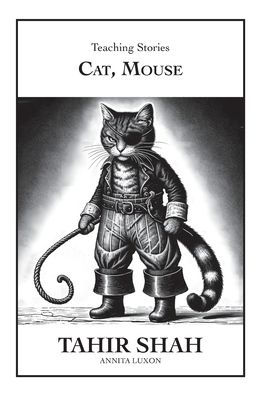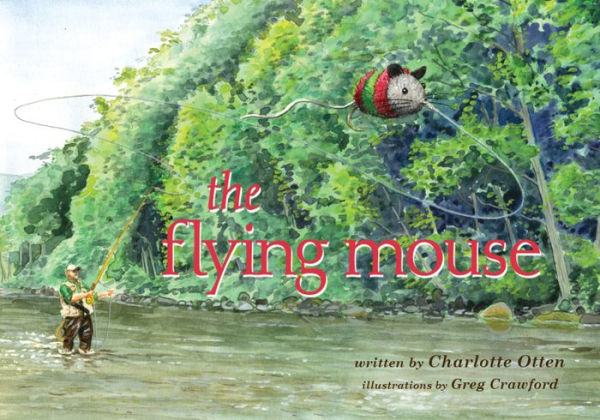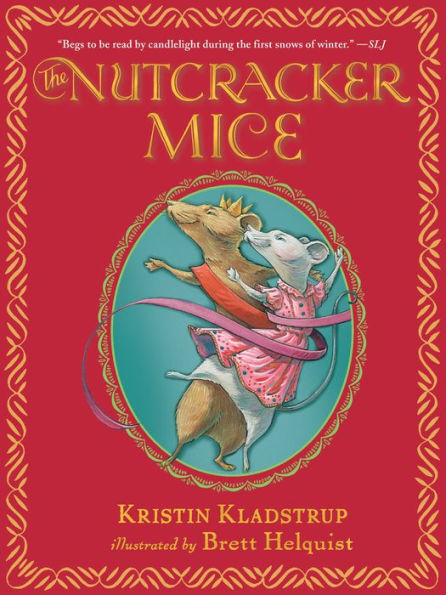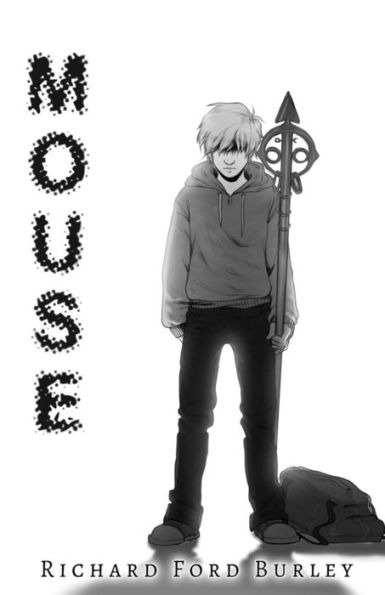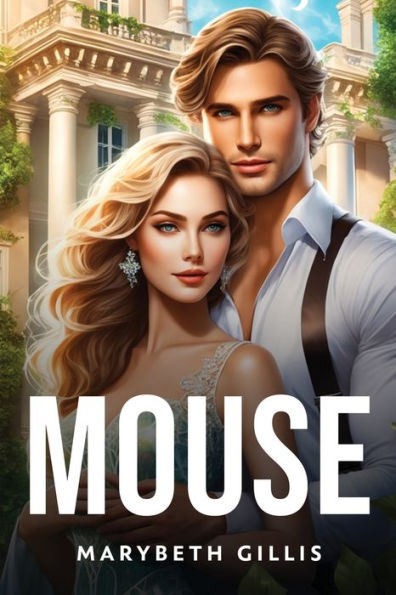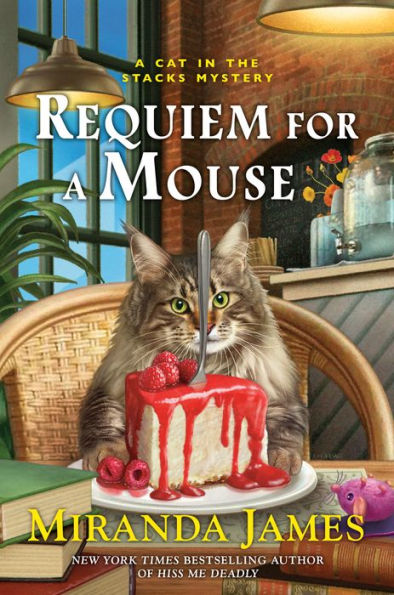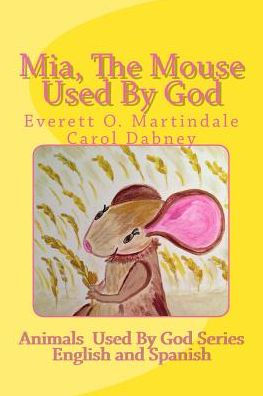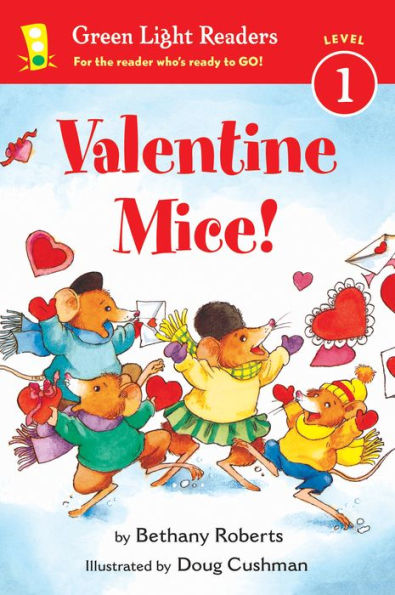Home
Mouse, Mice - Nefesh
Loading Inventory...
Barnes and Noble
Mouse, Mice - Nefesh
Current price: $300.00
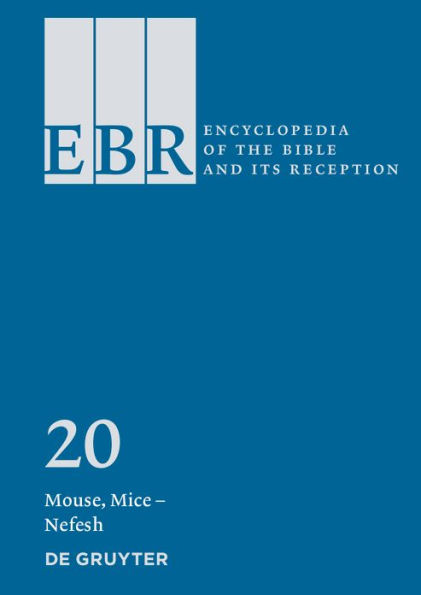

Barnes and Noble
Mouse, Mice - Nefesh
Current price: $300.00
Loading Inventory...
Size: OS
*Product Information may vary - to confirm product availability, pricing, and additional information please contact Barnes and Noble
Blogger’s Choice – Articles recommended by biblioblogger Jim West (https://zwingliusredivivus.wordpress.com):
Laura Battini (Paris, France),
. This contribution focuses on the use of "Mouth" in Ancient Near Eastern texts, i.e., ANE mentions of "the physical mouth" as well as "the symbolic mouth," which is described in this way: "The mouth can be used metaphorically to indicate the entry of a part of the body, of an object, of a building, or of a watercourse. Other texts speak of the mouth in a symbolic way, concerning international relations on one hand and religion on the other"; and in "iconography." It is a well-crafted piece and quite informative.
Anna Tchitcherine (Utrecht, The Netherlands),
. One of the more interesting, to me, artistic representations of a biblical citation has to do with the "mouth of hell" which has opened itself wide to receive the condemned (Isa 5:14). In this piece, Tchitcherine begins by noting that "The anthropomorphic image of the mouth of hell emerged in Britain during the 10th-century Monastic Reform and remained popular in Western Art until the advent of Renaissance. The depiction of the entrance to hell is characterized by a disembodied monstrous head with a large gaping mouth." She then delineates the path this notion took in artistic renderings. She concludes "The mouth of hell survived well into the 20th century – mostly in literature, though, which is suggestive of the potency of this theme." The entire entry in all its parts is very much worth the reader’s time.
Mary Claire Gibson (Blacksburg, VA, USA),
. When it comes to the appearance of the theme of the mustard seed in literature, Gibson observes, "…the mustard seed passages found in Matt 17 and Luke 17 have been alluded to in literature by Fyodor Dostoevsky, Bret Harte, and Washington Irving to play on the idea that a lot can be achieved with even the smallest amount of faith, which is often associated with the notion of moving mountains." Other uses also appear, with the final example being "… the mustard seed is also used to signify belittlement or diminution. Victor Hugo mentions the mustard seed in a diminutive manner, comparing a mustard seed under a grindstone to animals under God’s power in his collection of poems,
(1877: 188)." Small things like mustard seeds play a big role in the history of the reception of the Bible and its contents.
Patrick Cronauer (Latrobe, PA, USA),
. Cronauer examines the figure of Naboth in the Hebrew Bible, Judaism, Christianity, economics and law, literature, the visual arts (including a very intriguing drawing of the stoning of Naboth from the 12th century CE), and film. Regarding the reception of Naboth in literature, Cronauer writes, "The story of Naboth is a staple of any drama or novel about Jezebel. Anthony Trollope uses the theme in
(1860–61), chapter 2, in relation to the vicar’s garden (see Jeffrey: 532). Naboth is also vilified in John Masefield’s play
(1923)." And there are still more amazing facets of Naboth’s treatment throughout history outside the Bible!
Arye Zoref (Jerusalem, Israel),
. This segment of the longer entry on the prophet Nathan centers itself on his reception in Medieval Judaism. Zoref notes "Medieval Jewish exegetes were especially troubled by the prophet Nathan’s behavior when David approached him about building the temple (2 Sam 7)." "Can a prophet lie or be mistaken?" That was the question which occupied the rabbis. Also worth noting is the notion that prophets had to "want" their prophecies to come true or they wouldn’t: "Abarbanel wrote that Nathan had prophesied that Solomon would be king, but prophecies do not come true unless people strive to realize them, and like any other prophet, Nathan wanted his prophecy to come true." There is much to learn from this contribution.
Claudia Lepp (Munich, Germany),
. How was the Bible used by the Nazi’s? First, they devalued the Old Testament. Then, they attempted to purge the New Testament of Jewish influence, even going so far as to suggest that Jesus himself was an Aryan and not a Jew. "Jesus appeared as a "fighter" against Judaism, who took upon himself the associated suffering in obedience to his Father. In
, Jesus was not the "king of Israel" (John 13) but the "king of life" (Botschaft: 139); his death was interpreted as a brave "offering of life" (Botschaft: 135–39)." This is one of the most interesting of all the essays in volume 20.
Neta Bodner (Jerusalem, Israel),
. Bodner’s essay is a study of the city of Nazareth in the visual arts. There is much to discover here. For example, Bodner observes "Late medieval and Renaissance images often show Mary’s house as the locus of the event, but the Annunciation is also depicted outdoors, with a symbolic representation of the city." And at the end of the piece, we are informed of the fascinating fact that the village of Walsingham in England has been a site of pilgrimage since the 15th century, where a replica of the house in Nazareth is located. Artwork is also featured.
